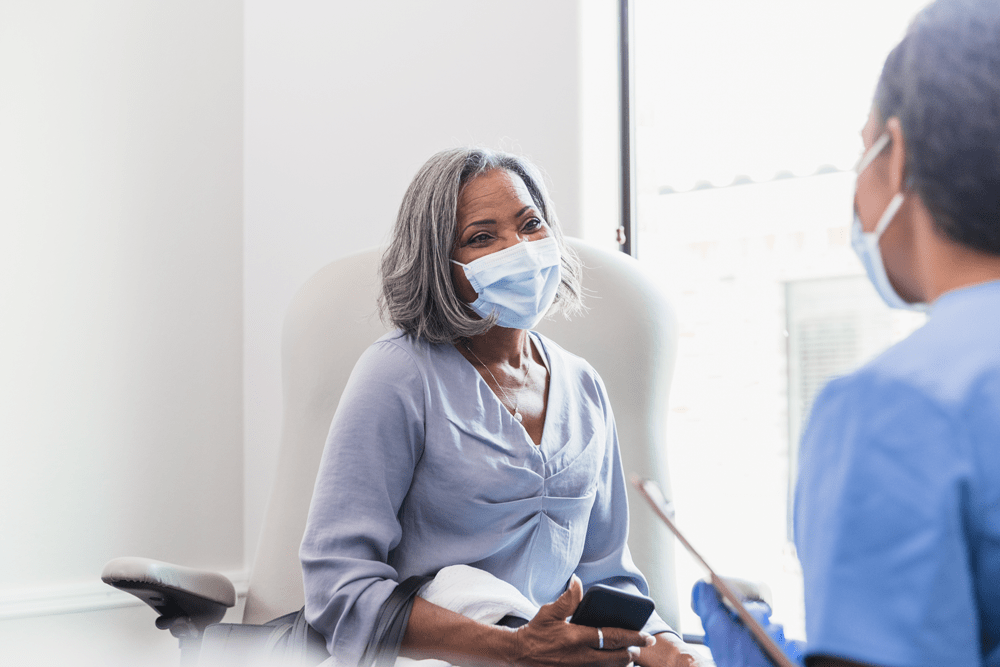It’s been a long year since COVID-19 first turned our lives upside down. Now vaccinations are dominating the conversation, and with good reason. But it’s important not to lose sight of the “small” things we can do each day as part of a preventive health mindset. As we start to emerge from the pandemic, it’s time to reassess, especially if you’re still doing things the same way you were doing them when the pandemic was new. From catching up on screenings to preparing for a safe summer outside, here are our recommendations for resetting your preventive health practices.
Get your preventive health screenings
Many of us have spent the past year staying home as much as possible, including putting off routine medical and dental care. Now is a great time to schedule an appointment with your primary care doctor. An annual physical, combined with any screenings that might be recommended for your age, gender, and overall health, is the best way to catch potential issues early, while they are easiest to treat. Don’t forget to see your dentist as well!
Back to basics: Exercise, hydration, and nutrition
When we’re in crisis, it’s easy to forget the basic building blocks of good health. But exercise, hydration, and nutrition are just as important as they ever were. The CDC recommends at least 150 minutes of moderate intensity exercise per week, like brisk walking. You can break that down into 30 minutes 5 days per week or any other combination of times. Meet your hydration needs with plain water as much as possible, though other beverages are also fine in moderation. When working or exercising in the summer heat, aim to drink eight ounces of water every 15-20 minutes. Eat a healthy, balanced diet with plenty of fruits and vegetables.
Travel
Many of us haven’t traveled in over a year. As the weather turns warm, many people want to know whether they will be able to travel soon. Here’s what the CDC has to say about it:
If you are fully vaccinated (at least two weeks past your second dose of Pfizer or Moderna or your sole dose of J&J), you are free to travel. When traveling domestically, you don’t need to get tested or quarantine. When traveling internationally, check to see whether your destination requires a test. You will still need to be tested when returning to the United States but do not need to quarantine.
If you’re not yet fully vaccinated, the CDC recommends delaying travel. If you must travel, either domestically or internationally, you should be tested both before and after your trip. You’ll also need to quarantine for seven days if you test negative, or 10 days if you aren’t tested, and stay away from high-risk people for 14 days after your trip.
Note that regardless of your vaccination status, you need to follow all precautionary guidelines during your trip. This includes wearing a mask, social distancing and washing your hands frequently. Check with your destination to see what other local guidance might apply.
Outdoor safety
It’s been repeatedly shown throughout the COVID-19 pandemic that outdoors is safer than indoors. If you want to get together with friends, and some people in the group are not yet fully vaccinated, choose outdoor activities such as a picnic or a barbecue. Remember to maintain social distancing and wear a mask when it isn’t possible to keep six feet of space between people, especially if you are not vaccinated.
Moving forward
There’s still a lot we don’t know about the vaccines, but increasing evidence suggests that vaccinated people are unlikely to catch or transmit COVID-19. Once that can be confirmed, guidelines for fully vaccinated people are likely to relax somewhat. In addition, experts believe that we will reach “herd immunity” (when people are vaccinated that the virus has nowhere to go) when between 70% and 85% of people are vaccinated. At that point, we should be able to start returning to normalcy.
In the meantime, though, there is no reason to stay locked in your home. Taking these preventive health steps will allow you to enjoy the summer without greatly increasing your risk of catching COVID-19 or spreading it to others.

